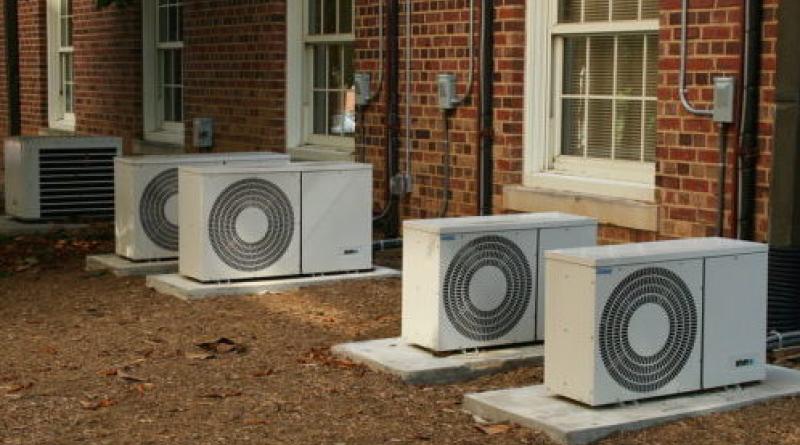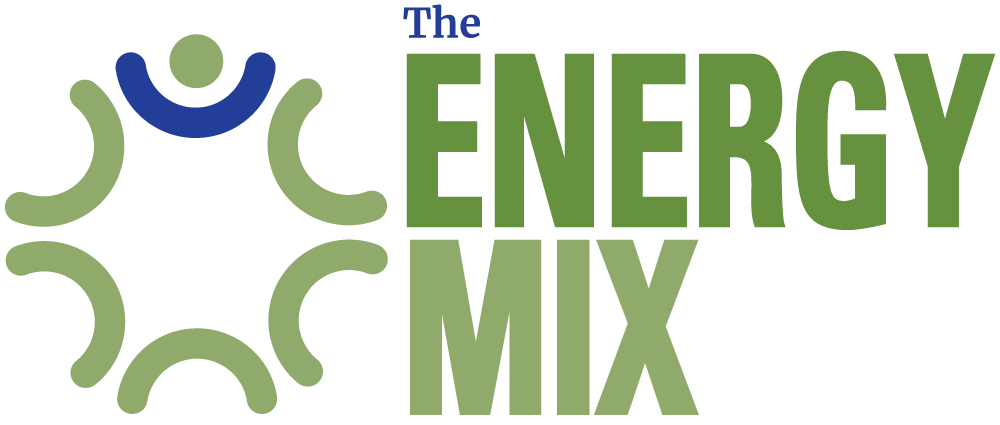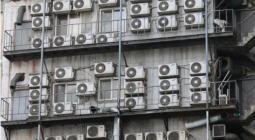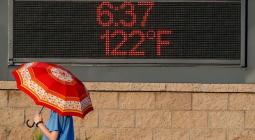U.S. Study Shows Climate Impacts on Heating and Cooling Demand

“Overall, the average winter heating demand is decreasing, whereas the average summer cooling demand is increasing,” they found. “The dynamics are less consistent in the case of peak load events, where the peak heating load is relatively unchanged across large swaths of the contiguous U.S., while the peak cooling load is increasing in the population dense regions.”
While Canadian demand patterns differ from those in the U.S., the country is experiencing a similar or faster rate of temperature change, depending on region.
The U.S. researchers suggest temperature shifts will affect future costs for ratepayers to maintain reliable energy infrastructure. Ongoing electrification for space heating in colder areas, for example, will end up being used less as demand for heating drops, resulting in higher average operating costs.
This will also play out on a larger scale, as average heating demand decreases faster than the peak, requiring greater installed capacity for fewer events. Where cooling is a more pressing issue, average demand is increasing faster than peak demand, making it less costly to sustain reliable energy systems.
The researchers warn against extrapolating their findings to regions where infrastructure may be different. For instance, the increasing installation of air conditioning in the Global South will affect demand differently than in the U.S., where air conditioning levels have already stabilized. Still, some countries are experiencing temperature changes similar to the U.S.—with office buildings in Canada, for example, also expected to show a general decrease in heating demand, accompanied by an increase in cooling.
The researchers note they did not consider every factor that could affect peak demand, leaving out “non-linearities” like those at extreme temperatures due to humidity, installed heating system capacity and technology, building occupancy, and housing stock, among others. “We focus on understanding historical trends and their system reliability implications for near-term operations and investment, given that in the long term deeply uncertain technological and socio-economic factors will drive system performance.”
Their projection of higher annual cooling demand and a decrease in heating across the U.S. aligns with broader expectations of how climate change increases the length and severity of summers while decreasing those same characteristics of winters. The largest increases in cooling demand were shown in Colorado, where higher elevations show faster warming rates, while the largest decreases in demand for heating presented in Florida.
But generally, “in southern states where summers are particularly long and hot, the increased demand for cooling outweighs the decreased demand for heating; these trends are significant in some parts of Florida, Arizona, Texas, and Southern California.”
Events like heatwaves are particularly important to understand, in order to maintain a reliable power grid and provide space cooling to alleviate dangerous levels of heat within urban settings, the researchers say. Across large swaths of the U.S., “the peak inferred cooling demand intensity (duration 72 hours) has increased, whereas the peak inferred heating demand intensity has decreased.”
Those results point to an increase in the efficiency of electricity use, or load factor, in southern U.S. states, and a decrease in northern and western mountain regions.





